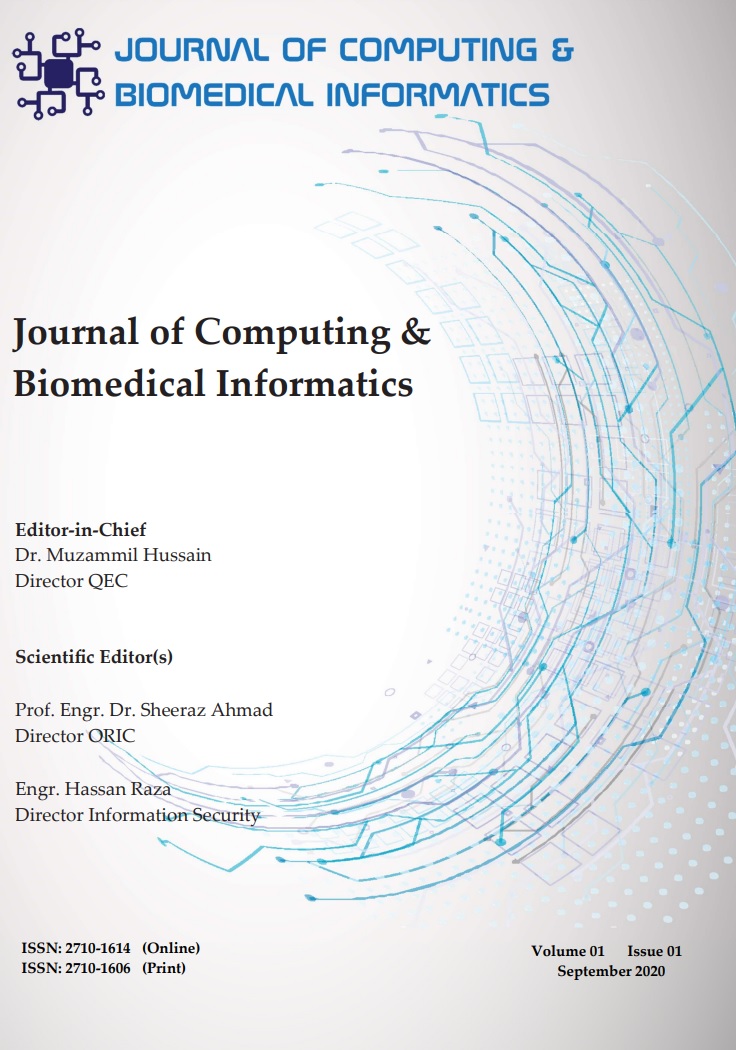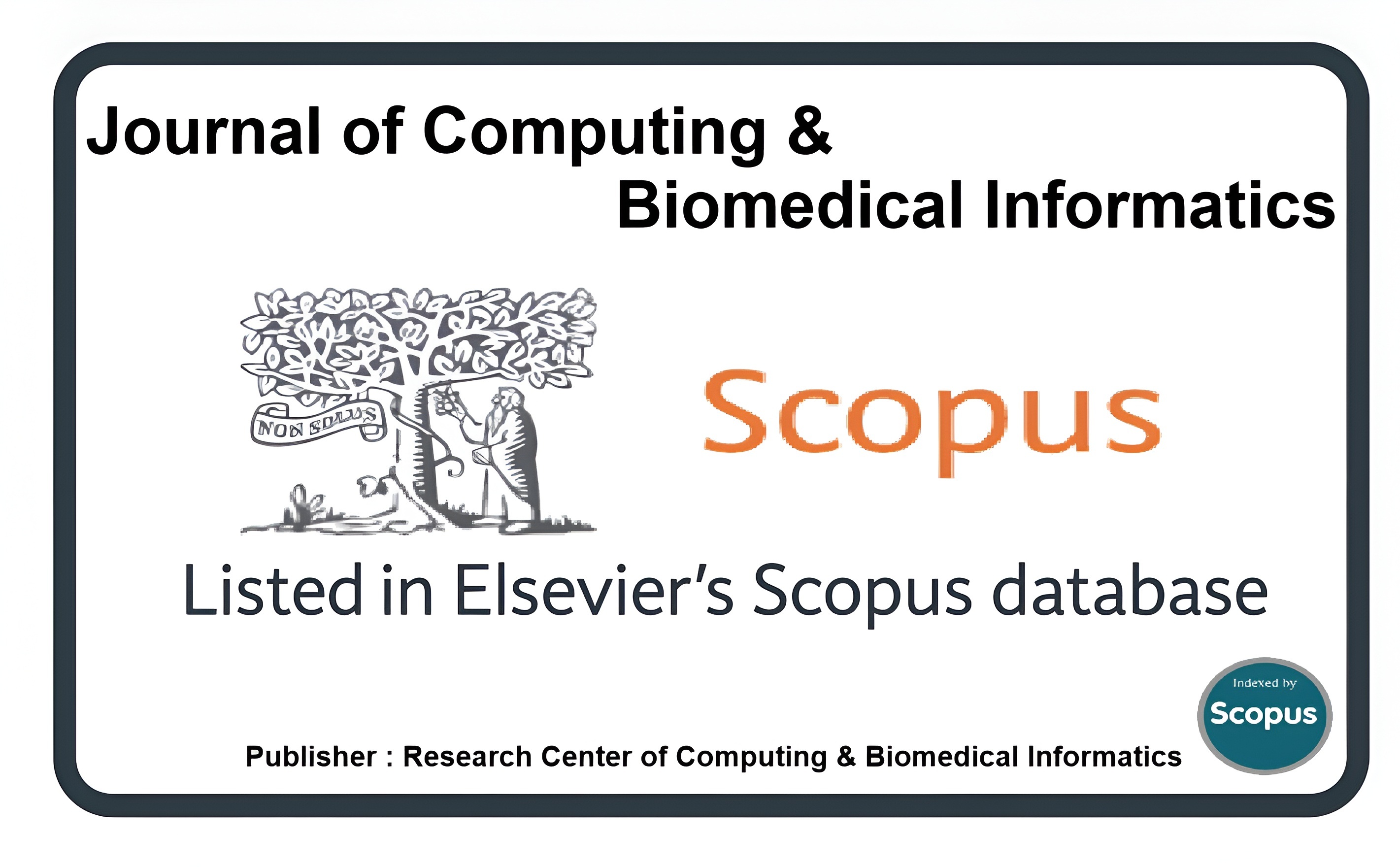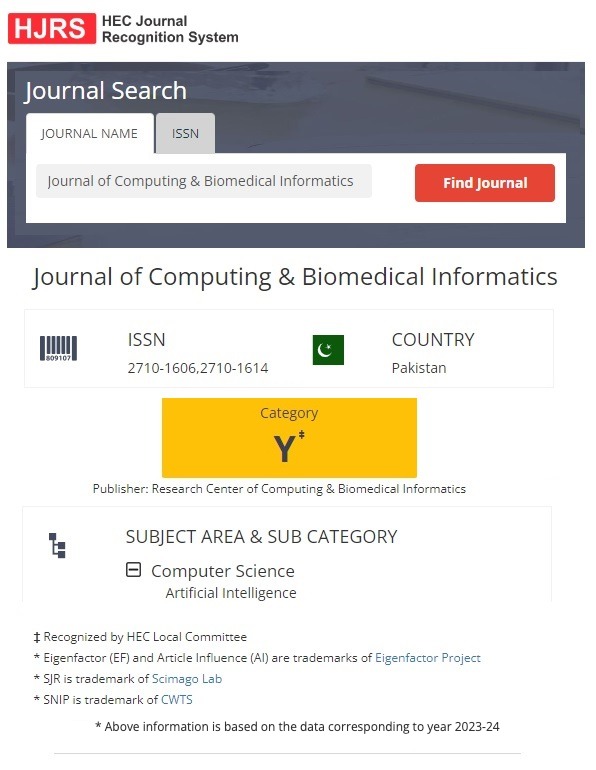Leveraging Improved YOLOv10 for High-Performance License Plate Recognition in Challenging Mass Transit Environments
Keywords:
Object Detection, YOLOv10, CNN, Object Recognition, License PlatesAbstract
Contemporary intelligent transportation systems significantly depend on automatic license plate identification for law enforcement, surveillance, and tollcollecting functions. Automatic license plate recognition is essential for vehicle management; yet, existing systems face challenges such as considerable angle deviations, subpar image quality, environmental disruptions, and barriers that render precise and rapid recognition in real-world contexts difficult in mass transit environments. Although current algorithms may identify license plates under optimal settings, their efficacy frequently diminishes in more intricate scenarios. This study presents a model for recognizing license plates that utilize enhanced YOLOv10 for plate detection and a distinct CNN for character recognition. The improved YOLOv10 algorithm greatly enhances the model’s capacity to extract features and detect license plates efficiently. This research incorporates BiFPN, SEAM, and GCNet modules into the augmented YOLOv10 model. Additionally, we utilize extensive data augmentation to enhance the recognition of partially obscured plates in simulated adverse settings, augmenting the model’s robustness in real-world applications. Experimental findings from our proprietary AOLP dataset indicate that our methodology attains a precision of 94.89%, a recall of 92.79%, an F1 score of 93.83%, and a mean average precision (mAP) of 94.10% for number plate detection, surpassing the baseline YOLOv10 by 3.22% in precision, 4.01% in recall, 3.83% in F1 score, and 0.56% in mAP. The R 2 value is 96.15%, accompanied by an RMSE of 4.01. The character recognition module of our suggested model attains an accuracy of 97.87% with a processing duration of 2.1 ms
Downloads
Published
How to Cite
Issue
Section
License
This is an open Access Article published by Research Center of Computing & Biomedical Informatics (RCBI), Lahore, Pakistan under CCBY 4.0 International License





